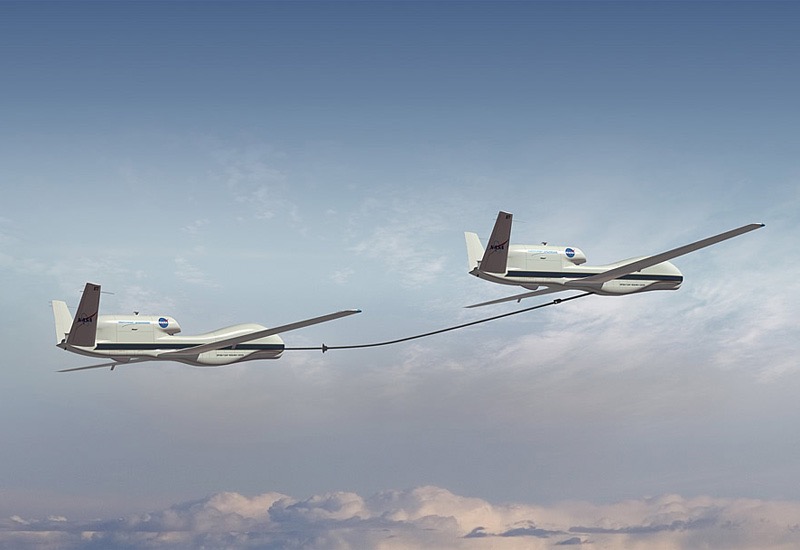Pawlikowski On Air Force Offset Strategy: F-35s Flying Drone Fleets
Posted on
PENTAGON: Ellen Pawlikowski helps decide what weapons the Air Force buys and manages the buying process, so when the lieutenant general says she likes autonomy and 3-D printing as the most promising capabilities for her service to develop as part of the new offset strategy, it’s worth listening.
“This is Ellen Pawlikowski speaking,” she says in her E-ring office at the Pentagon, making sure we all know this is her personal opinion. She thinks autonomy — a cluster of technologies that allows weapons to execute missions without much human intervention — can “play a major role. It can allow me to get more numbers in things than I can get now.” And, as most generals will tell you, quantity possesses a quality all its own.
This is all about the Pentagon’s offset strategy, overseen by Deputy Defense Secretary Bob Work, designed to ensure America’s continued military dominance for a long time. Pawlikowski is the uniformed official who oversees the Air Force’s science and technology work, so much of the service’s offset strategy effort will be led by her.
“I can see a scenario where you’ve got an F-35 orchestrating an attack with 20 RPAs [remotely-piloted aircraft] that are weapons-equipped and that F-35, with all its sensors and communications, is essentially an orchestrator,” she says.
Another facet of that would involve refueling RPAs — drones to most people: “It’s just got huge potential.”
Another approach Pawlikowski thinks “that can bend the cost curve and change the industry is additive manufacturing,” or 3-D printing to you and me.
Quality control — as anyone who has followed the F-35 or many space programs for the last few years knows — “is one of the biggest challenges we continue to have.” And the most expensive single element in most weapons programs is manpower.
“If i can use additive manufacturing I can address both of those things,” Pawlikowski notes. She points to Elon Musk’s SpaceX, which is already using 3-D printing. Meanwhile, Aerojet Rocketdyne announced today that it “successfully completed a hot-fire test of its MPS-120 CubeSat High-Impulse Adaptable Modular
Propulsion System. The MPS-120 is the first 3D-printed hydrazine integrated propulsion system and is designed to provide propulsion for CubeSats, enabling missions not previously available to these tiny satellites.”
Musk, Rocketdyne and other aerospace companies are not alone in using 3-D printing to build large parts much more quickly and with greater quality control. There are reports that the Chinese have used 3-D printing to build large titanium components of their new J-31 fighter.
Subscribe to our newsletter
Promotions, new products and sales. Directly to your inbox.


